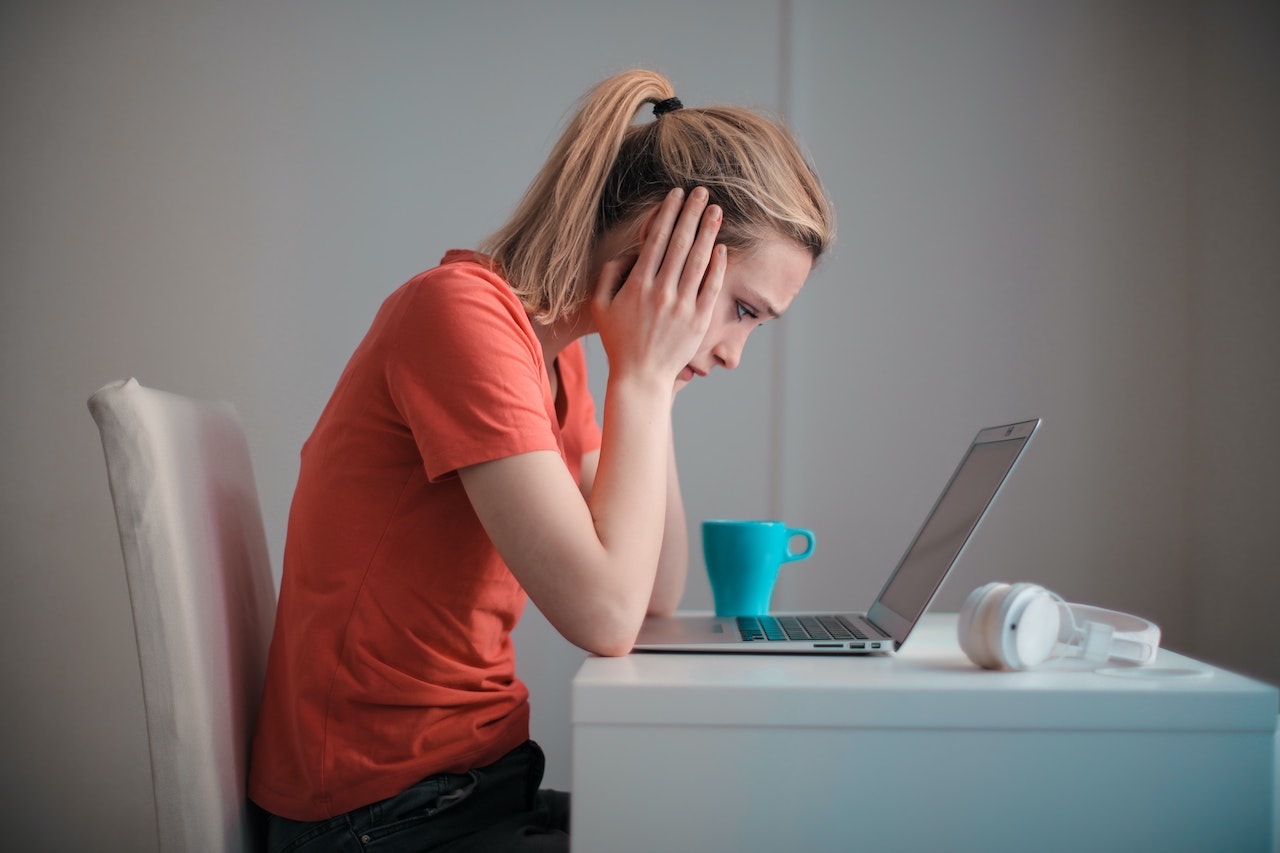
In chaotic times—war in Europe, natural disasters, an (endless?) pandemic—we often gravitate towards simple activities that give our brain a sense of predictability. In a way, this is part of our inbuilt defences that try to keep us feeling safe instead of feeling out of control.
The issue is that often our brains can’t differentiate between a real and perceived threat. So, each time we can find or create a calm moment, it helps us regulate our nervous system.
I didn’t come up with all of that. That’s my paraphrasing of some of the powerful ideas that Dr Kristy Goodwin shared with me in the first few minutes of a recent episode of my podcast, “Well, hello anxiety.” (You can listen to our episode on Apple Podcasts, Google Podcasts, or Spotify.)
Kristy is a digital wellbeing and productivity speaker. I had an insightful chat with her about how all of the dings, alerts, and notifications we receive on our devices have become the soundtrack of our digital lives. The result? They’re dysregulating our nervous systems and making us feel incredibly anxious.
The problem is, as my guest and I discussed, merely understanding the risks of digital burnout (as Kristy brilliantly calls it) isn’t enough to change our behaviour. Yet, understanding the hazards can be the first step toward making meaningful life changes.
So, what are some ways we can switch off our devices and manage our digital wellbeing? Here are seven gems that Kristy and I talked about.
1. Have A Digital-Free Day
Ok. Right now, open your (digital!) calendar, and block out a day later this week or next week when you’ll commit to abstaining from anything and everything digital.
2. Set Digital Boundaries
In the morning, try as best you can to not turn your phone on until after you’ve been up for an hour.
In the evening, try as best you can to turn your phone off an hour before you go to bed.
3. Try Temporary Focus Mode
Hunt around on your computer and phone for the setting that temporarily switches off all notifications. The less dings you hear and bubble alerts you see, the more focused you’ll be.
4. Try Bundling Your Notifications
Rather than constantly and sporadically being bombarded with notifications, figure out which apps distract you the most, then update their settings so that they only send you notifications at certain set times of the day.
5. Kill Off Those Open Yet Dormant Tabs
Having numerous (10! 20!) tabs open on your browser—they just add to our anxiety. Close those that you’re not currently working on.
6. Stop Giving Your Peak Performance Hours to Email
Try to reserve as much of your mental prime time as you can to doing tasks that are more essential than email.
7. Don’t Sleep With Your Phone
By that I mean, at night, don’t have your phone in your bedroom. You’ll probably have to buy an alarm clock, but it’ll be worth it.
Technostress!
In my conversation with Kristy, she whimsically used the words “technostress” to describe the experience of being constantly blasted by emails, notifications, etc. When she said “technostress,” I thought she had just created a clever neologism on the fly. Ha, was I wrong!
After Googling around, I found that there are even scientific studies of this phenomenon, and how it’s caused by “the dark side of technology in the workplace.” Spooky stuff, indeed.
But what really startled me is that “technostress” was first conceptualised as far back as 1984 by Craig Brod. In his book, Technostress: The Human Cost of the Computer Revolution, he defined it as “a modern disease of adaptation caused by the inability to cope with new technologies in a healthy manner.”
That book came out 38 years ago! It came out 20 years before Facebook was even created!
My thinking is, for decades it’s been undeniable that technology puts a strain on our lives. It’s time we do as much as we possibly can to break bad tech habits. When our health is at risk, we need to step away from technology.
Have You Listened to My Episode with Dr Kristy Goodwin?
Thank you to Kristy for being a guest on my podcast, “Well, hello anxiety,” and for inspiring this article!
You can listen to our episode on Apple Podcast, Google Podcasts, Spotify, or Amazon Music.
Photo credit for the banner photo: Andrea Piacquadio.


about
Jodi is on a mission to elevate mental health and wellbeing in families, classrooms and workplaces.


free 5-day
Calm your anxious brain
mini course

Recent Posts

free 5-day
Calm your anxious brain
mini course
Sign up for my free 5-day ‘Calm Your Anxious Brain’ email mini-course. Put the strategies into place for yourself, light the way for your kids, or do both.






